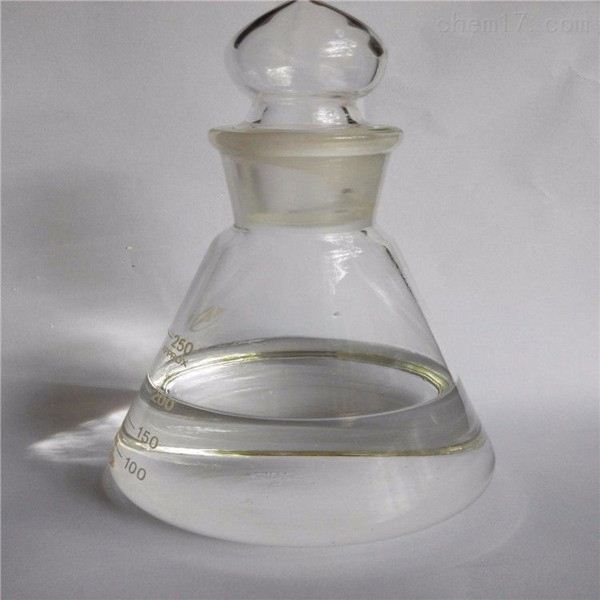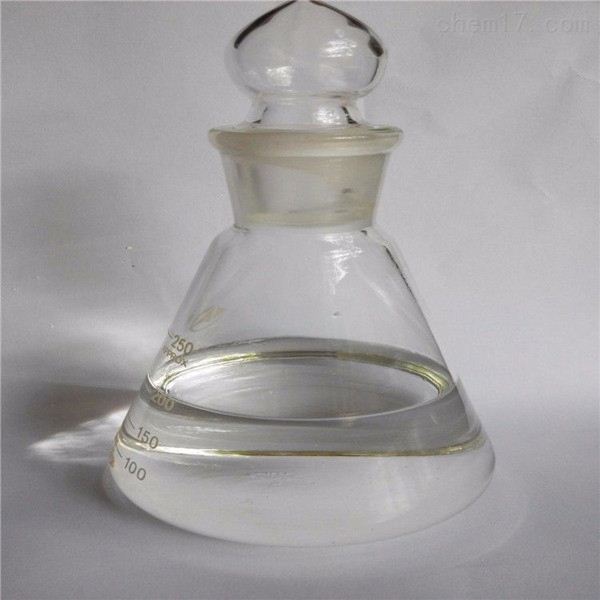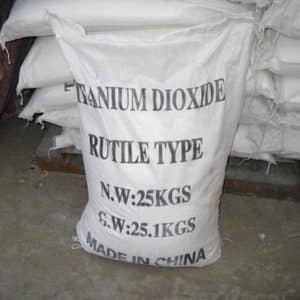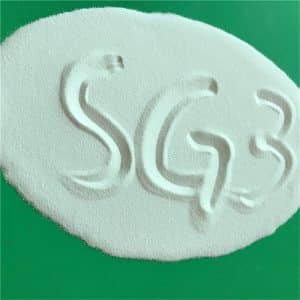Description
Unveiling Acrolein Dimethyl Acetal: A Versatile Building Block in Organic Chemistry
In the realm of organic chemistry, certain molecules stand out for their versatility and utility as building blocks in the synthesis of more complex compounds. Among these, Acrolein Dimethyl Acetal, also known as 3,3-Dimethoxypropene-1, occupies a significant place. Characterized by its chemical formula CH2=CHCH(OCH3)2, this compound, often available in high purity (≥98%), serves as a crucial reagent in various chemical transformations.
Understanding Acrolein Dimethyl Acetal
Acrolein Dimethyl Acetal is a colorless to pale yellow liquid under standard conditions. Its name is derived from its relationship to acrolein (CH2=CHCHO), a highly reactive and somewhat toxic unsaturated aldehyde. However, the acetal formation with methanol converts the aldehyde functionality into a geminal diether, resulting in significantly enhanced stability and handling characteristics. This acetalization process masks the reactive aldehyde group, making Acrolein Dimethyl Acetal a more manageable and versatile reagent while retaining the underlying three-carbon backbone.
The crucial feature of the molecule lies in its alkene group and masked aldehyde functionality, which provides it with the potential to participate in a wide array of chemical reactions. This is further enhanced by its commercially available form achieving high purity levels of 98% or greater, ensuring consistent and reliable results in experimental and industrial applications.
Key Applications and Significance
Acrolein Dimethyl Acetal is far from a niche compound; it plays a key role in several areas:
Organic Synthesis: Its primary function is as a versatile building block in the synthesis of complex molecules and natural products. It participates in various reactions, including:
Hydroformylation: Converting it into aldehydes with one additional carbon atom, expanding its synthetic versatility.
Diels-Alder reactions: Acting as a dienophile in cycloaddition reactions with dienes, leading to the formation of six-membered rings.
Grignard reactions: Reacting with Grignard reagents to expand the carbon chain and introduce new functionalities.
Wittig reactions: Utilizing the alkene moiety for Wittig reactions to introduce alkenes in various configurations.
Pharmaceutical Industry: Acrolein Dimethyl Acetal is used as an intermediate in synthesizing various pharmaceutical compounds. Its ability to build complex structures efficiently makes it invaluable in this sector.
Agrochemicals: It also finds application in the development of agrochemicals, contributing to the production of herbicides, fungicides, and insecticides.
Polymer Chemistry: Though not as prevalent as other applications, it can be used as a monomer component or a precursor to functional groups in the development of novel polymeric materials.
Advantages and Considerations
The use of Acrolein Dimethyl Acetal offers several advantages:
Enhanced Stability: The acetal functionality makes it far more stable than the parent compound, acrolein, enabling ease of handling and storage.
Reactivity Control: The masked aldehyde provides a means of controlled reactivity. The aldehyde functionality can be regenerated through acid hydrolysis at the appropriate stage of a synthesis.
Versatile Precursor: The molecule offers multiple sites for chemical modification, making it a highly versatile synthetic intermediate.
High Purity: The commercial availability with purities of ≥98% ensures reliable and reproducible reactions.
However, it’s important to consider certain aspects when handling Acrolein Dimethyl Acetal:
Flammability: Like many organic solvents, it’s flammable and requires careful handling.
Irritant: It may act as an irritant to skin and eyes, therefore, following appropriate safety guidelines is crucial.
Hydrolysis: The acetal group can be cleaved by acids, a property that should be taken into account during its usage and storage.
Conclusion
Acrolein Dimethyl Acetal, with its masked aldehyde functionality and alkene group, is far more than a simple molecule. Its versatility as a building block in organic synthesis makes it indispensable in various industries, from pharmaceuticals to agrochemicals. The compound serves as a testament to the power of chemical modification in transforming a reactive and less manageable molecule into a stable and highly useful synthetic reagent. With its commercial availability in high purity, Acrolein Dimethyl Acetal will continue to be a fundamental compound in chemical research and industrial applications for the foreseeable future.














Reviews
There are no reviews yet.